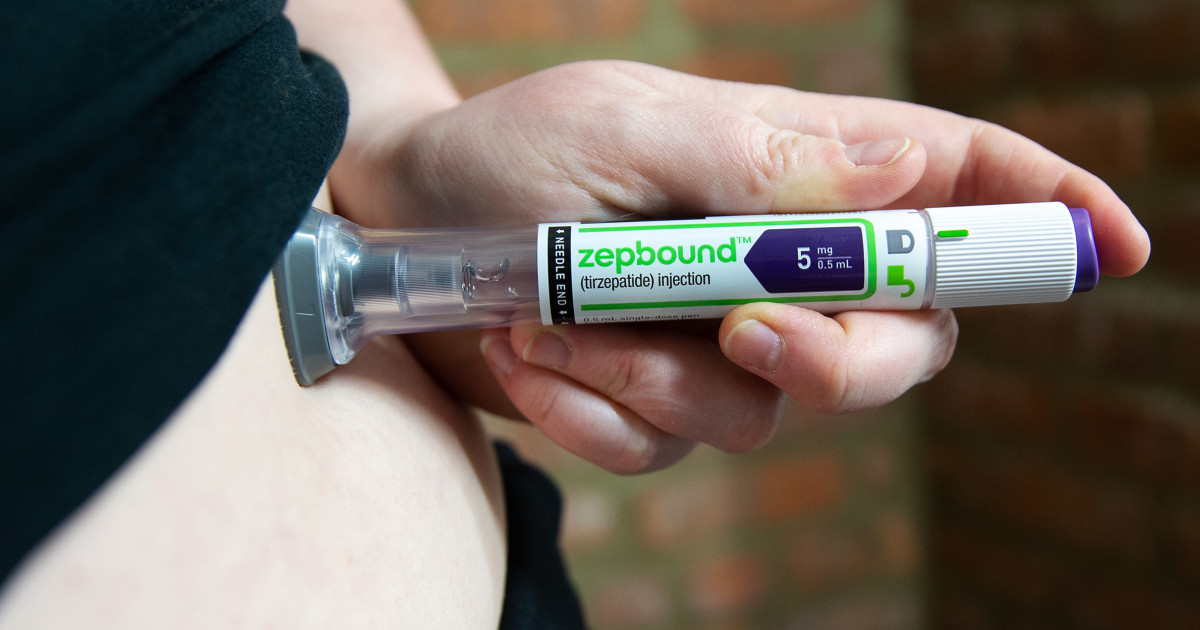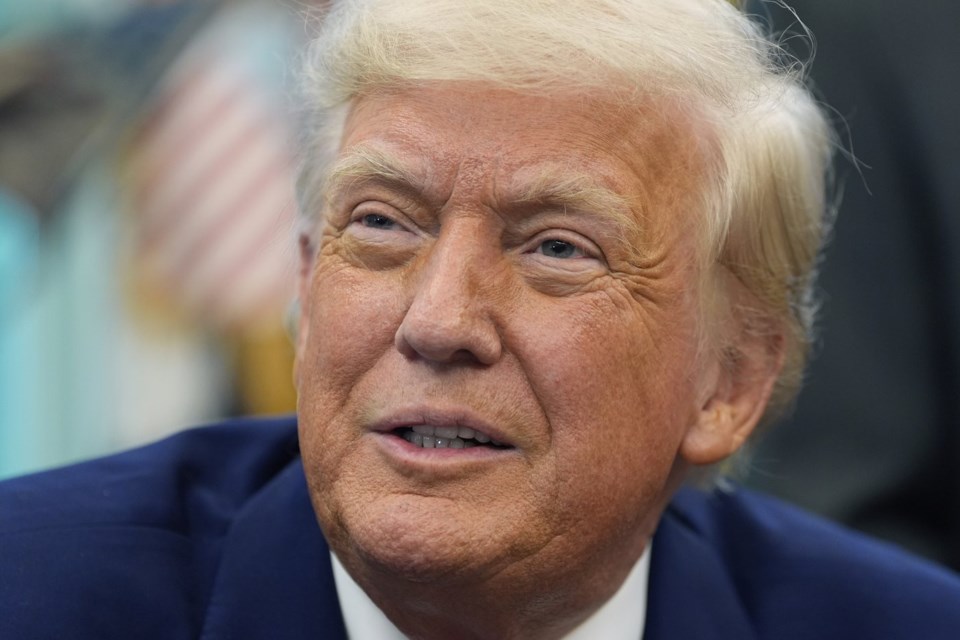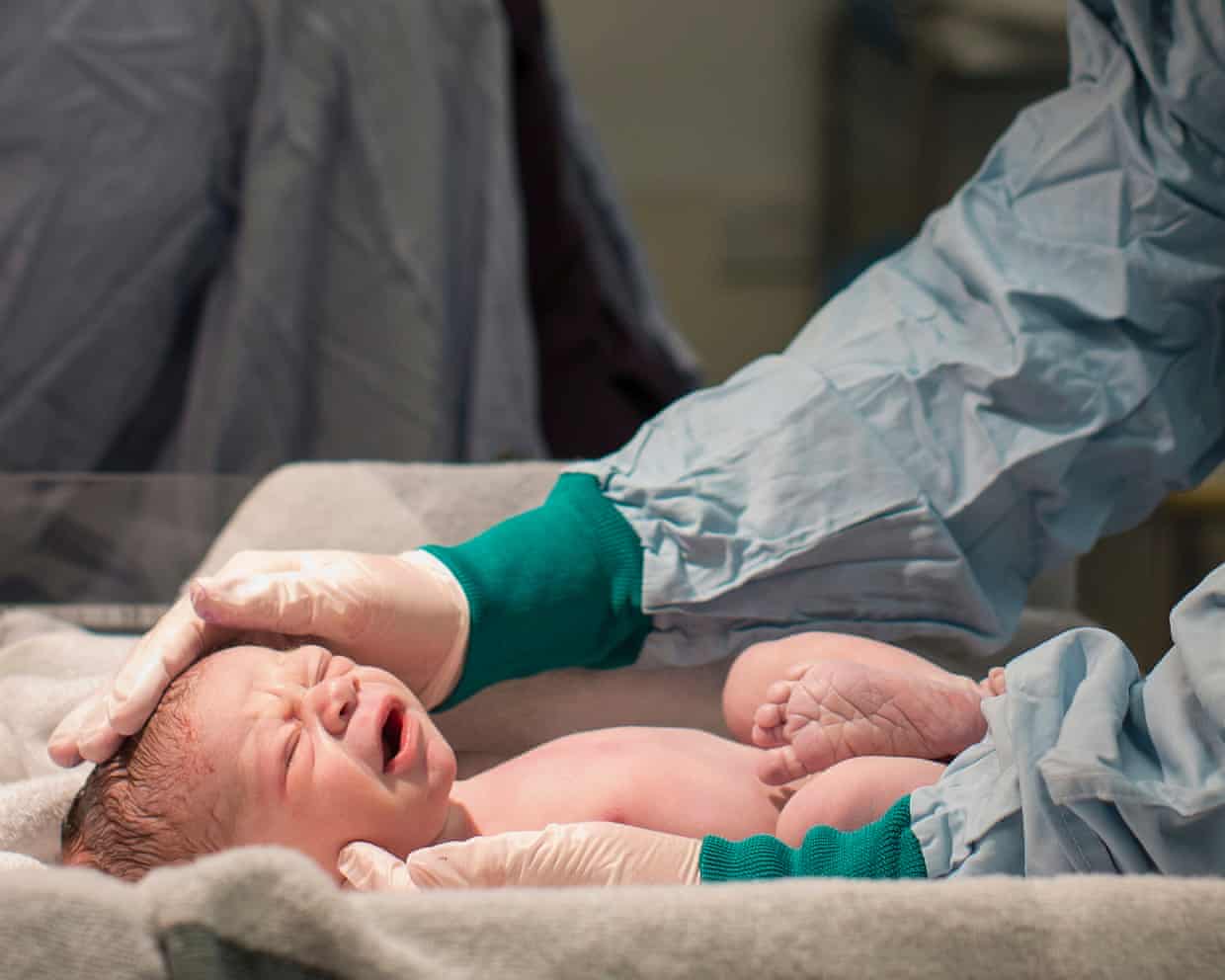UNIVERSITY OF ILLINOIS URBANA-CHAMPAIGN Cancer Center at Illinois GIVE Extracellular vesicles (EVs) are small particles secreted by cells, which inherit molecules from the parent cell. They have shown promise for the treatment of different diseases including cancer. The most common way to create a hydrogel with EV content is to make a hydrogel with artificial material, then add the EV into the material.
However, the amount of EV that can be incorporated in this manner is minimal, and the majority of the material ends up being the artificial material instead of the EVs. Cancer Center at Illinois (CCIL) member Hua Wang and his lab have discovered a new way of creating EV hydrogels, using EVs as the main building block to form the hydrogel. They have created one of the first EV-based hydrogels.

These research findings are reported in Nature Communications . Cancer Center at Illinois (CCIL) Member Hua Wang This technology is applicable for many different uses, and one of Wang’s research focuses is to utilize the EV hydrogels for cancer treatment and long-term depot vaccines. Compared to existing EV-based therapies, the EV hydrogel allows for more long-term treatment options.
“When you inject the hydrogel, it will form a depot at the injection site. This can stay in the body for many weeks, many months, and can generate the immune response for a much longer time. When working with EVs from a tumor cell, that can result in more durable T cell response and anti-tumor efficacy,” said Wang.
To create this hydrogel, Wang and his lab use minimal amounts of polyethylene glycol (PEG) polymers to link the EVs together into a hydrogel. This form of composition also allows for the adjustment of mechanical properties for the hydrogel. “We can tune the mechanical property of the hydrogel and also the gelling temperature of the hydrogel by simply changing the concentration of EV,” said Wang.
This new discovery provides a new option that will be beneficial to EV researchers everywhere. The ability to create an EV-based hydrogel is something that many researchers will now be able to take advantage of. “Oftentimes, researchers just physically load EVs into preformed biomaterials.
But now they have the choice to fabricate high EV content hydrogel mainly made of EV itself. This new way of use will benefit the whole EV research community,” said Wang. Editor’s notes: Hua Wang is an Assistant Professor of Materials Science and Engineering and is an affiliate of the Department of Bioengineering, the Materials Research Laboratory, the Beckman Institute, the Carle College of Medicine, and the Carl R.
Woese Institute for Genomic Biology. He can be reached at [email protected] .
This research is reported in the paper “Injectable Extracellular Vesicle Hydrogels with Tunable Viscoelasticity for Depot Vaccine” and is available online . https://doi.org/10.
1038/s41467-025-59278-0 This story was written by Florence Lin, CCIL Communications Intern. 405 N. Mathews Ave.
Urbana, IL 61801-2325 (M/C 251) Email: [email protected] Phone: 217-300-6100 Designed by Clanin Creative | Solution By UniSyn.
















